The Plague
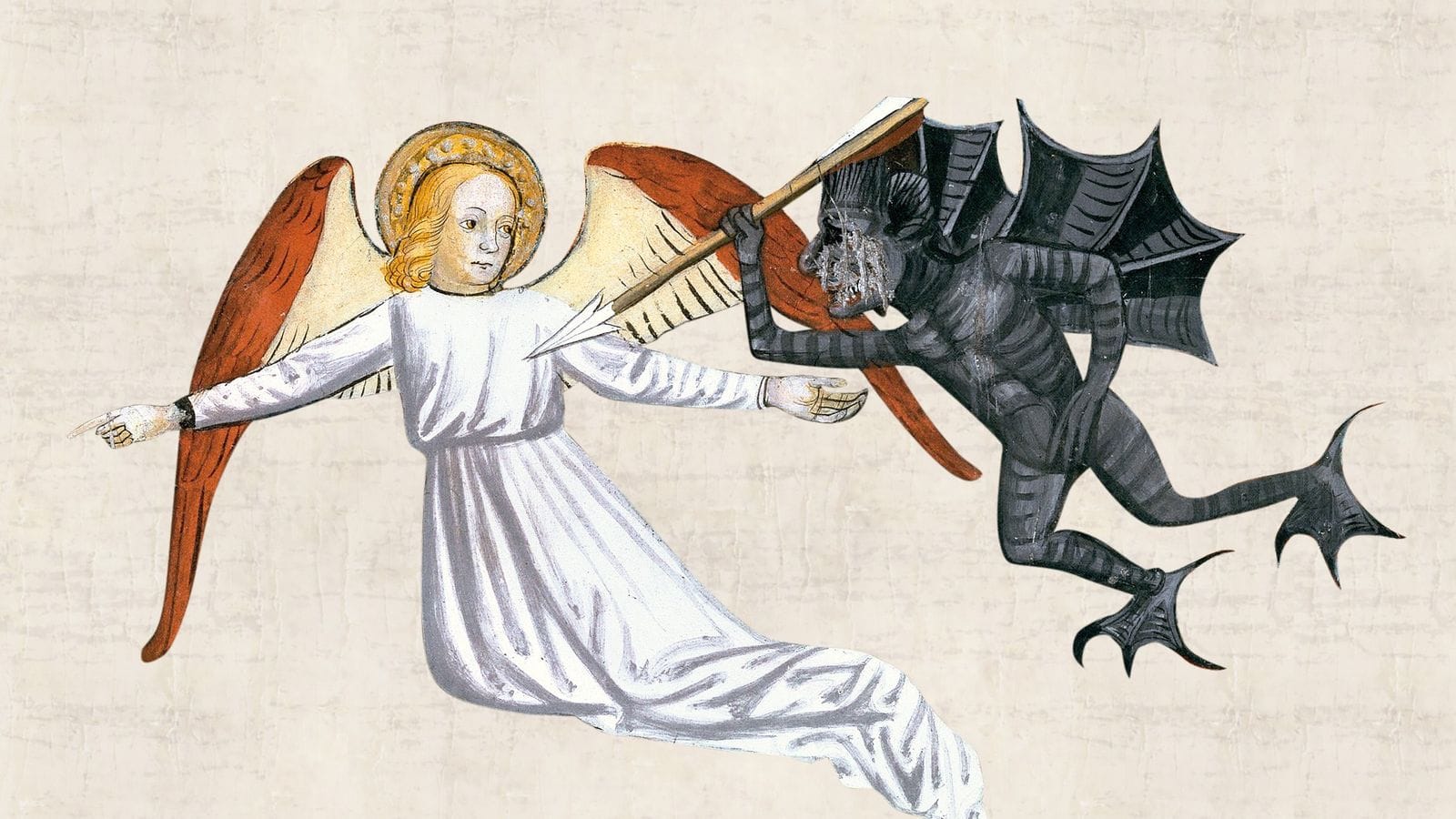
As Romeo discovered in Mantua, Italian cities had sophisticated quarantine systems in place, to keep some people in and others out. Quarantine derives from the Italian "quaranta giorni" (40 days) and the first lazaret (plague hospital) was built in Venice in 1423 on the island known today as the Lazzaretto Vecchio (below). It is near the Lido and recent excavations there have turned up mass graves. Other Italian cities and then other countries followed suit. Merchants and minorities were especially targeted.
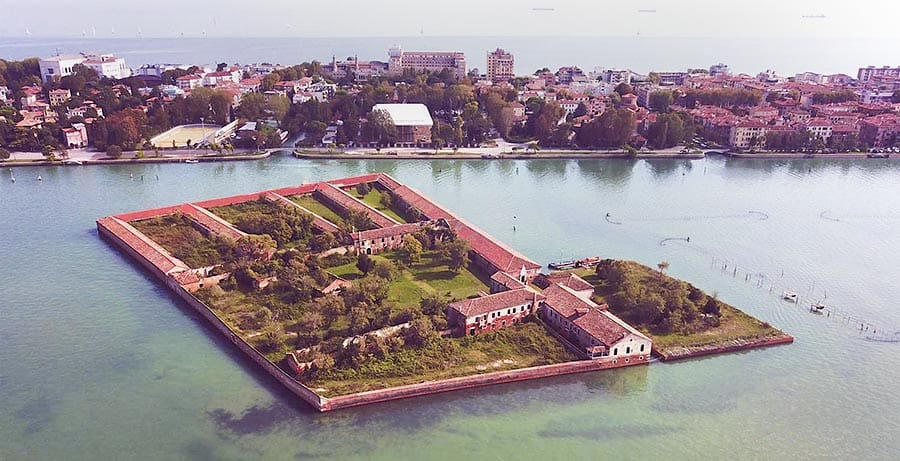
In Shakespeare's time, bubonic plague devastated Spain in the 1590's (the worst year was 1598). London was still putting its system in place at the time, with a series of ordinances, but they didn't have a proper quarantine system in place until 1663, when ships were confined in the Thames estuary. Epidemics in Europe became rare after this date as effective systems of quarantine became widespread.
But, to go back in time a bit, the years 1603-1611 were particularly bad. In 1603-1604, the plague carried away a sixth of the city's population and Queen Elizabeth herself died in 1603, although not from the plague. It was the end of an era. It would seem to be understandable that Shakespeare had a melancholy frame of mind in those years. He was pushing 40 and his thoughts may have been turning already to ars moriendi, the art of dying. Some attribute this to his fear of contracting syphilis. D. H. Lawrence wrote, "I am convinced that some of Shakespeare's horror and despair, in his tragedies, arose from the shock of his consciousness of syphilis." Not that he contracted it; it was the the fear of contracting it. For others it was Shakespeare's fear of the plague - most who died of the plague and the pox and the "sweat" and the other horrors felt helpless as they lost wives, husbands, children, parents and friends. Shakespeare was not spared. We do not know if the plague got him, but he lived to be only 52.
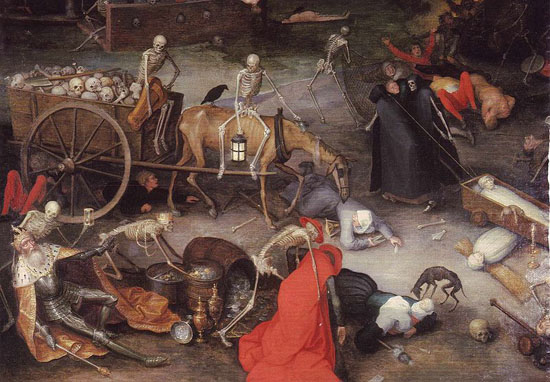
This is a detail from Jan Brueghel the Elder's The Triumph of Death (1597), tackling a subject better known by the famous version of his father Pieter Bruegel (circa 1562). Jan Brueghel lived in Italy (Naples, Rome and Milan) between 1589 and 1596 and he was a friend of Rubens. His studio was in Antwerp and that is where he died in 1625 (his death is often attributed to cholera but this disease did not arrive in Europe till 1830).

Below is a copper engraving showing a plague doctor with his distinctive beak ("Schnabel"), which contains aromatic herbs to filter the miasma in the air, and his long protective clothing. This image was published in Nürnberg around 1656 by book and art dealer Paulus Fürst. The character was so visually arresting that he was quickly adopted into the masked costumes of the 17th century, the Venetian Carnival (bottom) and the Commedia dell'Arte.
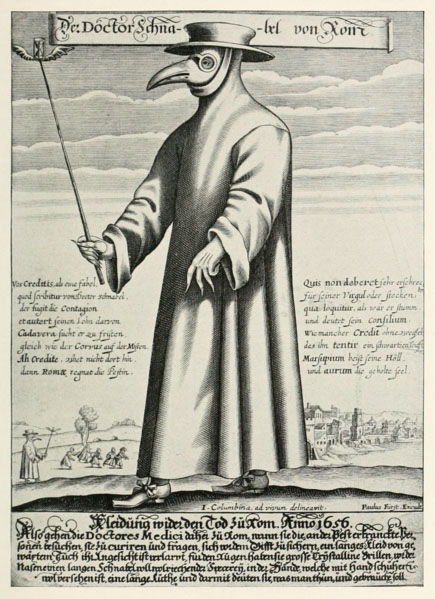
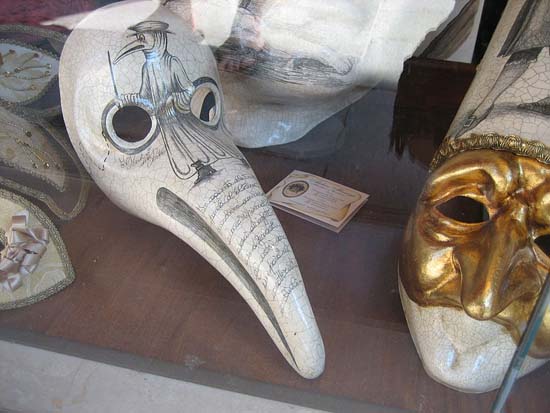
To go back even further, to the Third Century CE, some have argued that the Plague of Cyprian, which nearly destroyed the Roman Empire, would lead to the eventual success of Christianity, because it promised a life after death while Roman gods seemed indifferent to human suffering. This plague is named for Saint Cyprian, bishop of Carthage, who survived the initial pandemic wave, and wrote about it in De mortalitate (On the Plague), but he didn't survive the Roman backlash. He was beheaded in 258 CE.
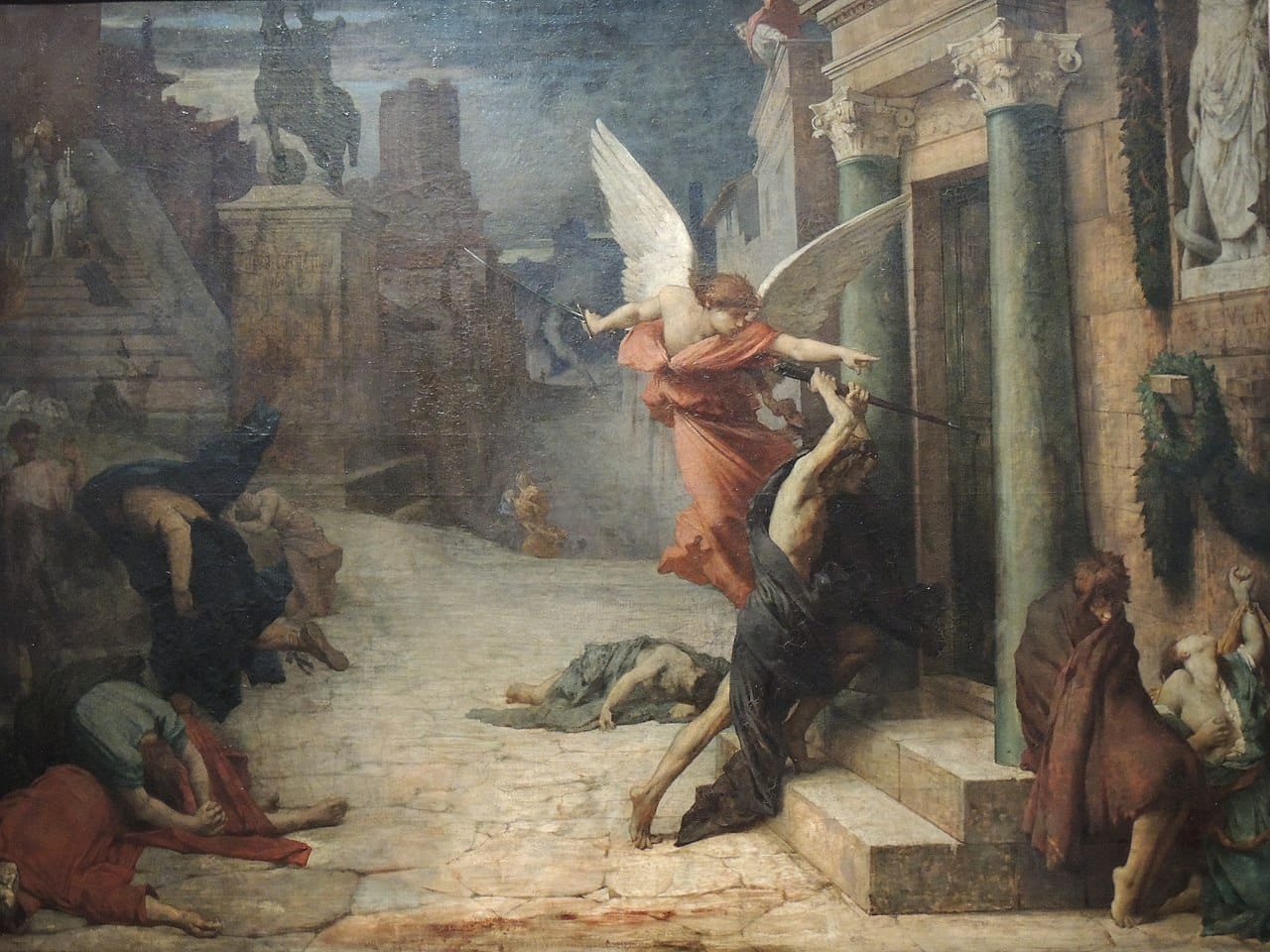
For Plague Columns in Central European Catholic cities, go here.
